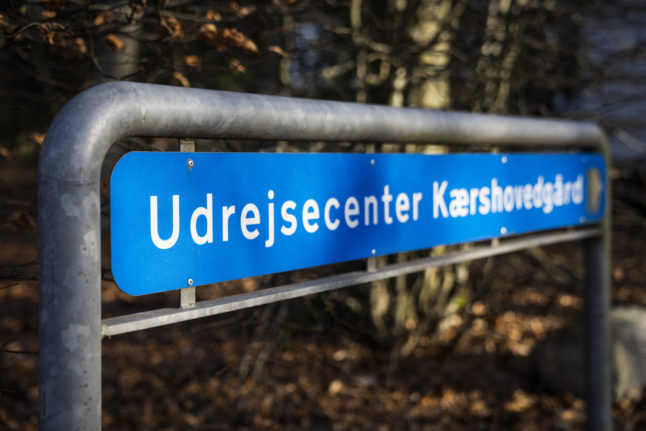The number represents an increase compared to 2020, when the Covid-19 crisis most severely impacted international travel and migration. 1,515 people applied for asylum in Denmark in 2020.
Both the 2020 and 2021 figures are less than one tenth of the number recorded in 2015, when 21,316 people applied for asylum in Denmark at the peak of the European migration crisis.
The new data was released by the Ministry of Immigration and Integration.
Among the 2,095 asylum seekers in 2021 are 430 Afghans who were evacuated as the Taliban gained control of Kabul in August last year.
The definitions used to record total asylum seeker numbers go back to 1998. The 2021 figures are still preliminary.
Around 12,000 people applied for asylum in Denmark in the years 1999-2002 before the total dropped, ranging between 2,000 and 6,000 annually until 2012. It then increased, partly due to the conflict in Syria and was 14,792 in 2014 and 21,316 the following year, the highest on record.
Since 2017, the annual total of asylum applications has not exceeded 4,000.
“I’m pleased we still have low asylum numbers here. A serious of clever decisions have been made which have continually ensured better control of immigration,” immigration minister Mattias Tesfaye said in a ministry statement.
Earlier in January, Tesfaye was on the sharp end of criticism from MEPs – some from European equivalents of his own Social Democratic party – over the Danish government’s policy of sending some Syrian refugees back to the Damascus region.
In mid-2020, Denmark became the first European Union country to re-examine the cases of about 500 Syrians from Damascus, which is under the control of Bashar al-Assad’s regime, claiming “the current situation in Damascus is no longer such as to justify a residence permit or the extension of a residence permit”.
Despite a wave of Danish and international criticism, including from experts used by the government, Tesfaye’s ministry has refused to budge over the policy.
Some members of the LIBE committee argues that Denmark was displaying a lack of solidarity with other EU countries because refugees in Denmark were more likely to apply for asylum elsewhere in the EU than risk return to Syria.
He received support from other MEPs during the hearing, notably Peter Kofod of the far-right Danish People’s Party and national conservative Italian MEP Nicola Procaccini.
READ ALSO: EU politicians criticise Denmark over return policy for Syrian refugees



 Please whitelist us to continue reading.
Please whitelist us to continue reading.
Member comments